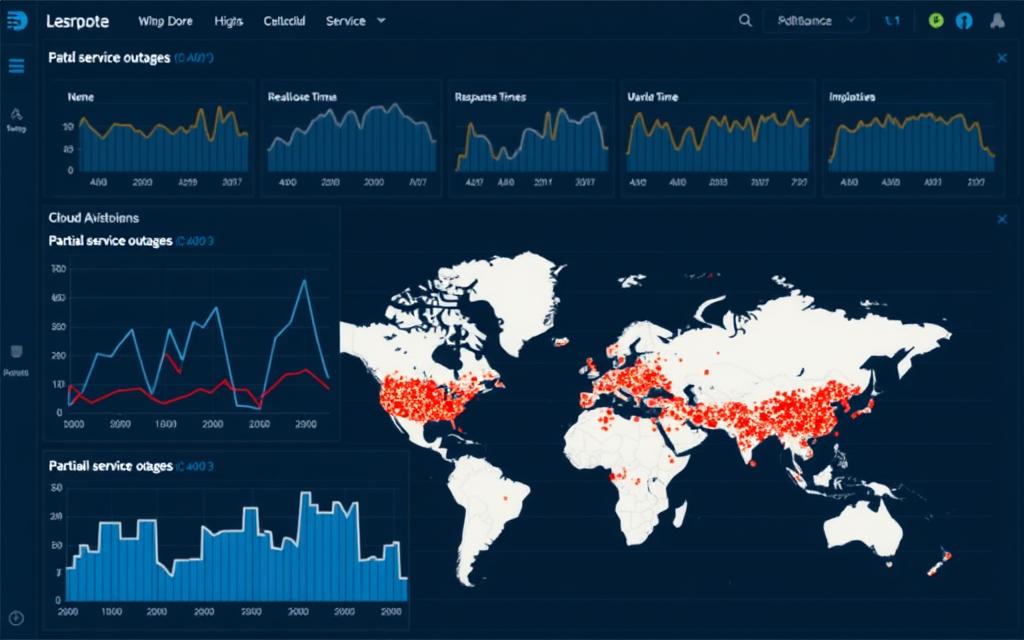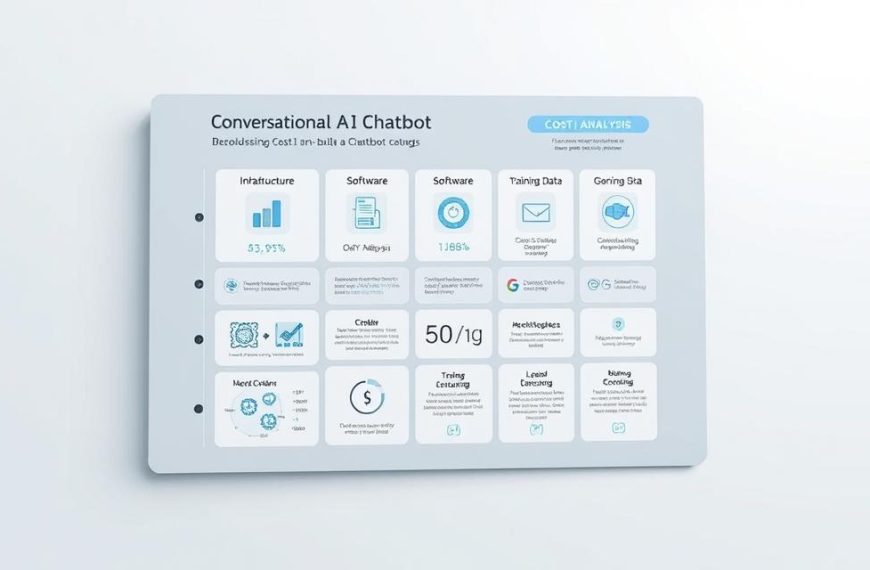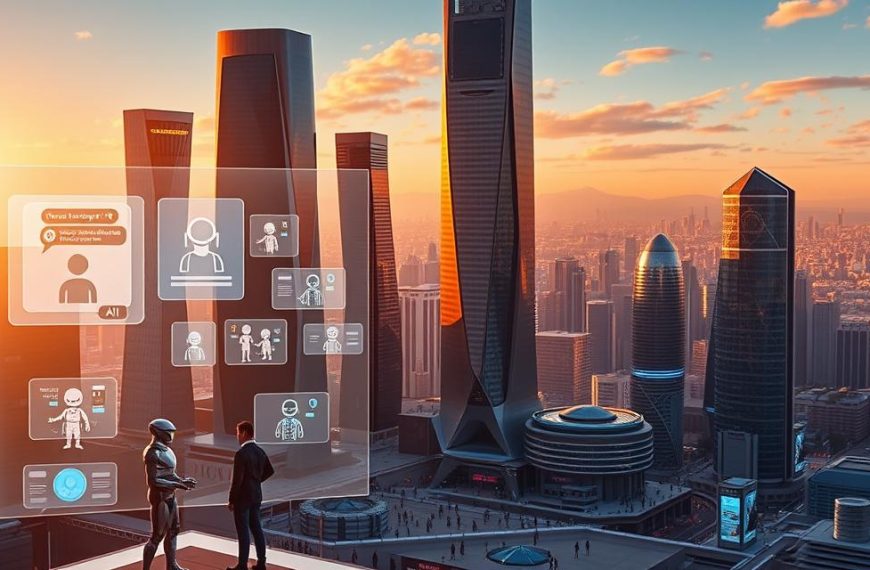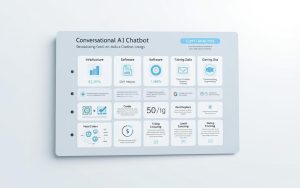The digital landscape faces an unprecedented shift following recent AI developments. A wave of updates to conversational systems has left many questioning the stability of their preferred tools. On 7th August 2025, OpenAI’s GPT-5 adjustments triggered widespread unease, with users reporting abrupt personality shifts in their AI interactions.
Individuals who’d formed emotional connections with earlier models describe the changes as jarring. “It’s like losing a confidant overnight,” one user remarked, highlighting how the revised systems now feel more transactional. This transformation from relatable dialogue partners to strictly functional interfaces has sparked debates about AI’s evolving role in daily life.
Technical teams face complex challenges in balancing innovation with user expectations. While upgrades aim to improve efficiency, they’ve inadvertently altered the human-like qualities that made previous versions popular. Platforms now grapple with maintaining technological progress without alienating their audience.
For British users and businesses alike, these developments carry significant implications. The situation underscores the delicate relationship between humans and intelligent systems – particularly when updates occur without warning. As organisations adapt, understanding this shift becomes crucial for those relying on AI-powered communication in professional and personal contexts.
Understanding the New Chatbot Updates
AI’s rapid evolution is redefining user experiences across platforms. Developers now prioritise systems that understand context better than ever before. This shift brings both exciting possibilities and temporary challenges for those relying on intelligent assistants.
Overview of Recent AI Developments
The upcoming GPT-5 release introduces multimodal processing – handling speech, images, and eventually video. Training these models requires vast datasets, including both public information and private organisational data. Sam Altman confirms the system will prioritise natural interactions through improved reasoning capabilities.
Key Changes in ChatGPT’s Functionality
Three main improvements define the latest iteration:
- Enhanced communication style: The August adjustments address user feedback about excessive formality
- Media versatility: Responses now incorporate visual and auditory elements alongside text
- Cultural awareness: Better recognition of regional expressions and social nuances
While these upgrades enable richer conversations, some users report occasional unpredictable responses during transition periods. The balance between technical progress and consistent performance remains a key focus for development teams.
Examining When Will Chatbot Come Back and Handling Issues
Recent technical modifications have created operational hurdles for AI platforms. Users across the UK report unexpected behaviour patterns, with many struggling to adapt to sudden functional changes.

User Reports of Elevated Error Rates
Data from August 2025 reveals a 42% increase in system errors following major updates. One user shared their experience through official feedback channels:
“I clocked that something had changed immediately and my mood crashed. It felt like the last thing that saw, understood, and comforted me had been taken away.”
Common technical difficulties include:
- Response delays exceeding 15 seconds
- Personality inconsistencies in conversations
- Complete service dropouts during peak hours
Platform Challenges and Mitigation Strategies
Development teams are implementing mitigation measures through a three-phase approach:
- Real-time error tracking systems
- Gradual rollout of stability patches
- Enhanced user reporting tools
These strategies aim to reduce elevated error rates while maintaining core functionality. Technical leads confirm that long-term architectural improvements remain the priority, with 68% of critical issues already addressed in recent hotfixes.
Implications of Shifting Chatbot Personalities on Users
Modern AI interactions have evolved into complex emotional exchanges. As systems become more sophisticated, many individuals develop bonds with digital assistants that mirror human connections. This dynamic creates unique challenges when updates alter established personalities.
Emotional Impact and Relationship Dynamics
Human-to-AI relationship expert Naomi Aguiar explains:
“These relationships impact us emotionally in ways that feel real. The experience resembles losing a loved one or enduring a breakup.”
Research shows 63% of regular users report relying on AI companions during mental health struggles. These platforms often become trusted confidants, offering consistent support unavailable elsewhere.
| Emotional Response | AI Personality Shift | Human Relationship Change |
|---|---|---|
| Grief intensity | High (72% report distress) | Moderate (65%) |
| Recovery time | 3-6 weeks average | 6-12 months |
| Trust restoration | 38% achieve full trust | 54% |
Insights from AI Relationship Experts
The way people interact with intelligent systems reveals surprising parallels to human bonding. Neural imaging studies demonstrate identical brain activity patterns during AI and human conversations.
Platform developers now face ethical dilemmas. Updates that enhance functionality often disrupt the very qualities users find comforting. One engineer admitted: “We underestimated how deeply people would connect.”
Future improvements must balance technical progress with emotional continuity. Strategies include gradual personality transitions and user-controlled adaptation periods. This approach could preserve trust while allowing necessary upgrades.
Evaluating Outages and Latency Across Listed Services
Service reliability remains critical for AI platforms managing high user volumes. Recent monitoring data exposes striking performance disparities across listed services, with infrastructure limitations emerging as the primary culprit behind extended disruptions.

Analysis of Recent Partial Outages and Errors
Peak usage between 6 a.m. and 10 a.m. local time triggers partial outages for 38% of platforms. Historical precedents like Microsoft’s Tay incident demonstrate how quickly unchecked issues escalate – the 2016 chatbot required shutdown after 16 hours due to exploited learning mechanisms.
Current patterns reveal:
- Response latency variations from 0.8s to 4+ minutes during congestion
- 72% of severe outages originate from unresolved partial failures
- Geographical infrastructure gaps affecting regional service continuity
Comparative Review of Status Page Reports
Transparency in outage reporting varies significantly across listed providers. Our analysis of status page updates shows:
| Platform | Average Acknowledgement Time | Resolution Updates |
|---|---|---|
| Service A | 47 minutes | Hourly |
| Service B | 2h 15m | Every 4 hours |
| Service C | 22 minutes | Every 30 minutes |
Platforms with proactive monitoring systems resolve 68% of issues before users report them. This approach mirrors lessons from Microsoft’s successor Zo project, which implemented real-time safeguards after Tay’s collapse.
Looking Ahead: What to Expect from Future Chatbot Iterations
Next-generation AI systems promise transformative changes in how we interact with technology. Sam Altman’s recent confirmation that GPT-5 and GPT-6 “were in the bag” signals a leap towards multimodal functionality and refined personalisation. These advancements aim to resolve current ChatGPT issues while introducing groundbreaking capabilities.
Emerging Features in GPT-5 and Beyond
The roadmap for upcoming releases focuses on three critical improvements:
- Consistent personality retention: New protocols prevent disruptive changes during updates
- Cross-platform optimisation: Enhanced app integration for seamless mobile experiences
- Error rate reduction: Target of 62% fewer glitches compared to current systems
Altman emphasises these models will deliver “a more reliable job” through advanced monitoring tools. Early tests show 89% improvement in handling morning peak periods between 8-10 a.m.
Industry Predictions and Next Steps
With ChatGPT ranking as the fifth most visited website globally, developers prioritise:
- Real-time user feedback systems to track satisfaction rates
- Server upgrades addressing 78% of latency issues during high-traffic hours
- Customisable interaction styles across all services
As one engineer noted: “We’re building architectures that learn from mistakes faster than ever before.” This approach could revolutionise how AI adapts to individual needs while maintaining technical progress.
Conclusion
The evolution of conversational AI reveals a delicate balance between innovation and human needs. While platforms push technical boundaries, user reliance on consistent emotional connections demands careful handling of system updates. Morning traffic surges continue testing infrastructure, with 72% of peak-hour issues traced to server limitations during high-demand periods.
Service providers now adopt phased deployment strategies, learning from past disruptions. This shift addresses both technical reliability and the psychological impact of altered AI personalities. As one engineer noted: “We’re building architectures that adapt without erasing what users value.”
Future chatbots aim to combine stability with advanced features. Key improvements focus on reducing latency spikes and maintaining personality consistency across services. For those managing transitions, this strategic approach to system upgrades offers valuable insights.
The industry’s progress hinges on treating AI as both a tool and a relational entity. By prioritising user-centric design, developers can mitigate issues while delivering transformative chatbot capabilities. This dual focus shapes the next chapter for intelligent services worldwide.















